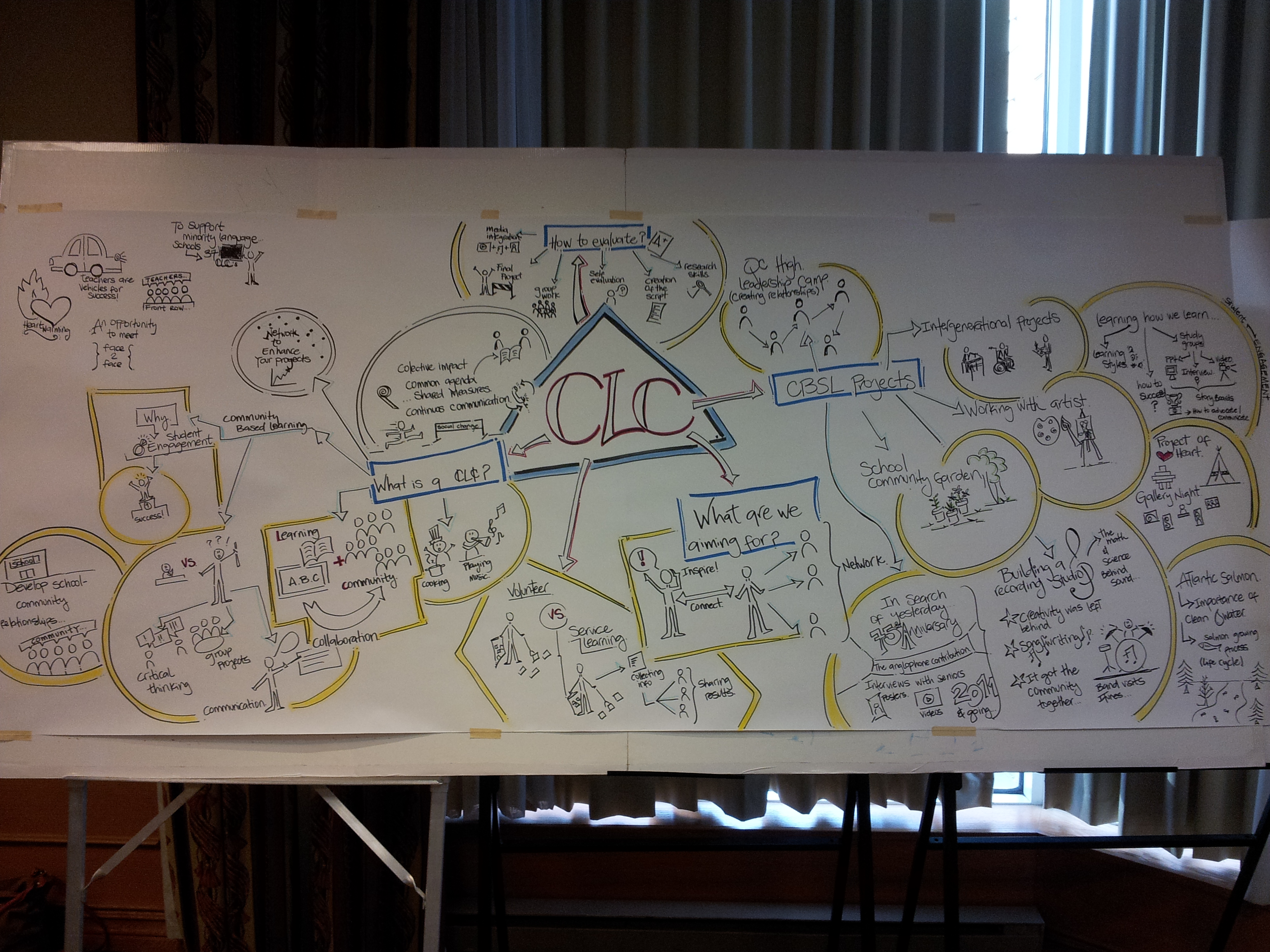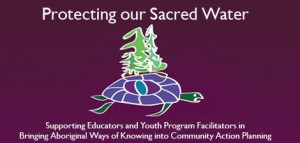A successful Community-based Service Learning project (CBSL) forms networks among schools, community members, and other teachers to give students positive and educational experiences, agreed teachers at this year’s CLC Teacher Institute.
The conference, held on Jan. 21 and 22, brought together teachers from across the province to share ideas and build stronger connections for their own CBSL projects.
Melissa Laroque, a grade five teacher at the Gault Institute in Salaberry-de-Valleyfield, said hearing about successful projects from other schools encouraged the creative use of resources specific to a region, especially in communities with limited finances.
“We come from small areas and you hear about other schools like, ‘Oh, they have salmon,’” she said, referring to a salmon-spawning project at Gaspé Elementary in Gaspé, QC. “You really have to work with what you have.”
During a brainstorming session on enhancing CBSL projects, white poster paper decorated with rainbow-coloured Post-it notes and felt markers outlined the aspects that worked and others that needed improvement.
Actively involving students and building self-esteem were among the list of priorities echoed by many educators.
“You have to be passionate,” said one teacher. “But the fact is, students need to be passionate, too”.
You can view photos from the CLC Teacher Institute by clicking here.

